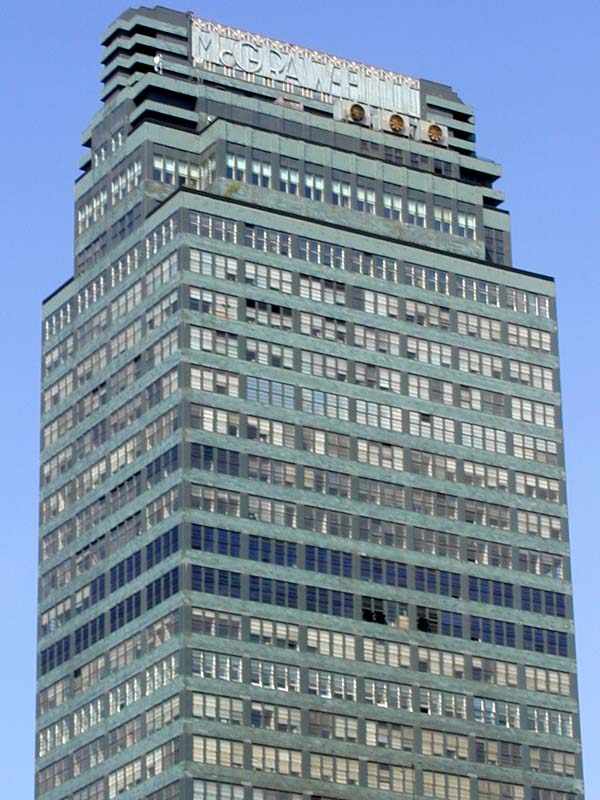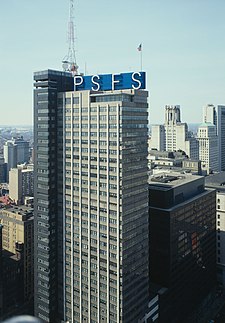freshcutgrass
Senior Member
This nostalgia vs heritage thing is a nonsense distinction without a difference.
That's probably more true than not, but the real mistake here is assuming heritage has more value than nostalgia. People are more likely to lean toward nostalgia, as it has a direct link to personal emotions.
If the sign truly has any historic value, it belongs in a museum, or a history book.
The sign itself doesn't have much historic value. It's just a relic. The record store was what was great...not the sign. But the sign is not an important relic for just what was a great record store, when record stores held an important position in popular culture. It has become the symbol of the Yonge Strip, which was an important cultural area of the city.
The zeitgeist that was the 60's/70's Yonge Strip is no longer there, but held a certain cultural significance to many things in the city, from gay rights, to feminism, to sex, to art, to music, to drugs, to hot rods and anything tied to youth culture. Pre-internet, places were real, not virtual. And the Yonge Strip was very real.
Nostalgia? You bet!! (I still get my hair cut at one of the few Strip hold outs...House of Lords)






